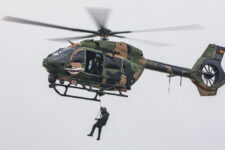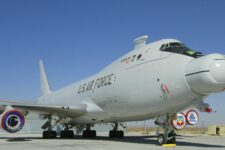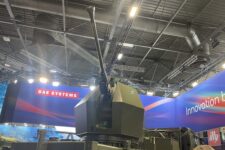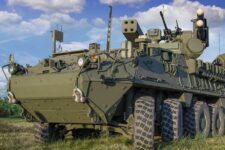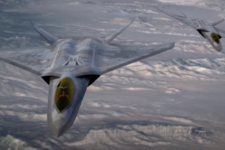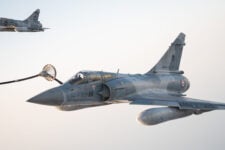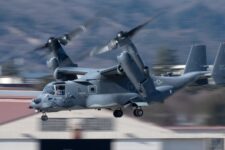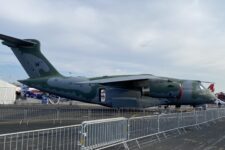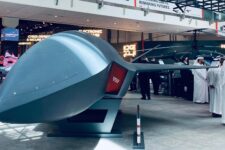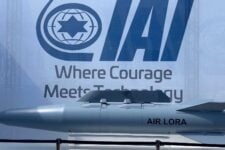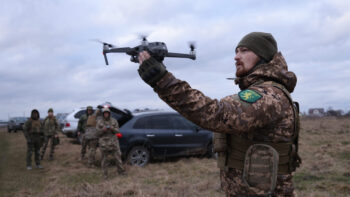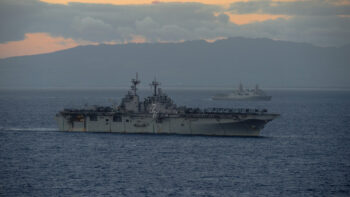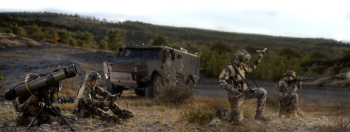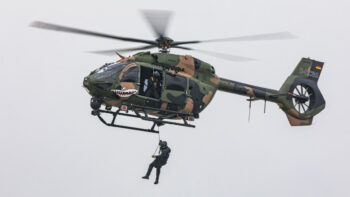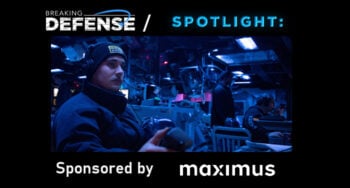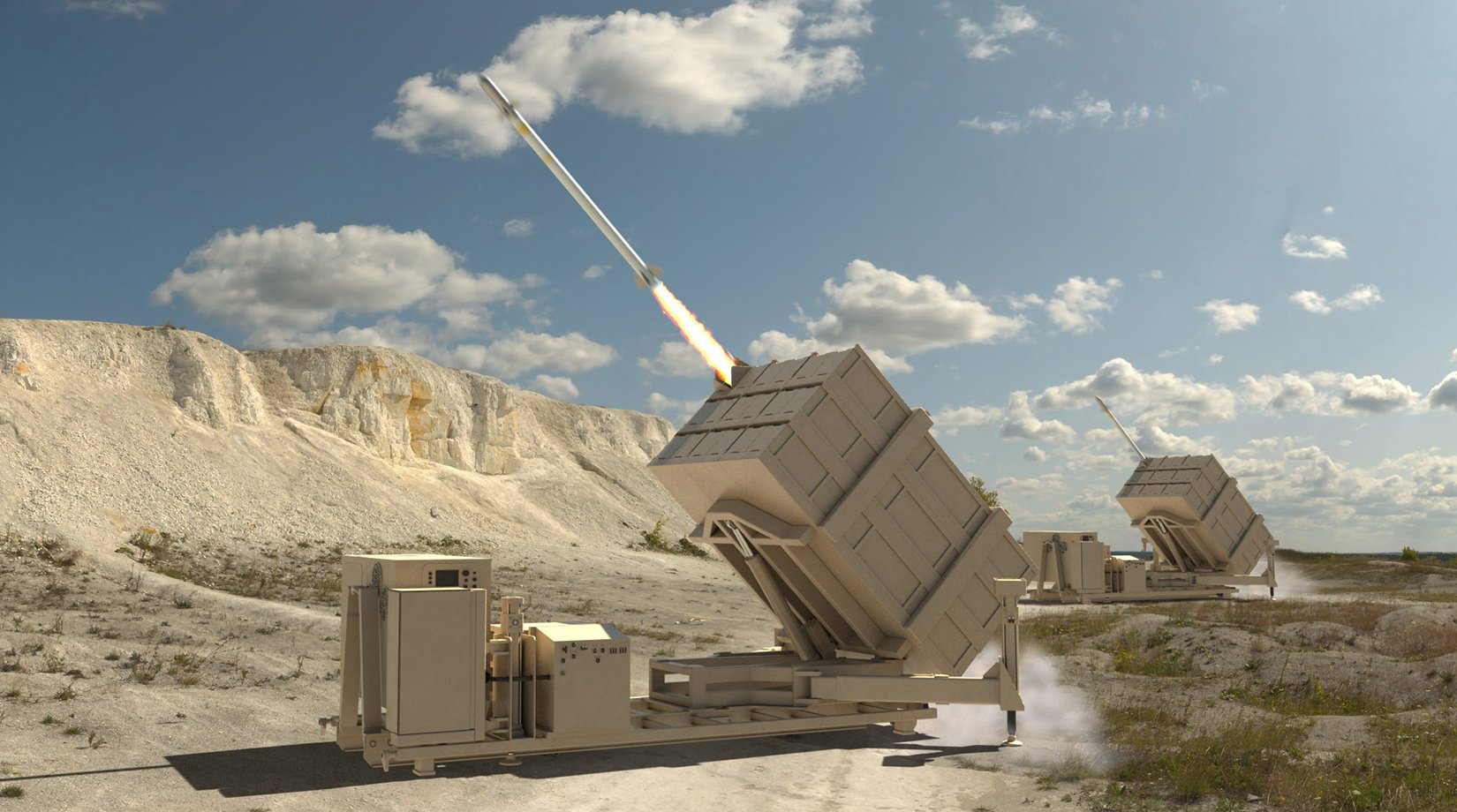
Dynetics began delivering Indirect Fire Protection Capability Increment 2 (IFPC Inc 2) launcher prototypes to the Army late last year, and the service is on the hunt for a second interceptor to fire from the platform. (Dynetics)
WASHINGTON — US Army leaders do not have a fixed timetable for testing and selecting a new cruise missile interceptor and will let industry help shape the acquisition plan, according to a service spokesman.
When an official request for information (RFI) hit the streets last month for a second Indirect Fire Protection Capability Increment 2 (IFPC Inc 2) interceptor, it included an updated roadmap for making a “competitive award” in fiscal 2025 before hosting a fly off, of sorts, in the FY26 to FY27 timeframe. While that live-fire demonstration date is about a year later than the service envisioned last year, it is not yet set in stone and could shift again, a spokesman for the Army’s Program Executive Office (PEO) for Missiles and Space recently told Breaking Defense.
“Engagements with industry over the upcoming weeks will aid in shaping the acquisition strategy going forward and allow senior leaders to make an informed decision about overall acquisition strategy,” he wrote in an email.
“The timetable will be more defined after responses to the RFI and Army senior leader engagements,” he added.
Program officials held an initial industry day on Feb. 8 and plan to meet one-on-one with companies in late March to gather additional information about potential cruise missile interceptors for the program. That feedback, according to the spokesman, will shape the actual competition window and the demonstration consisting of digital simulation, hardware-in-the-loop, and a live-fire event.
The hunt for a second interceptor follows a 2021 Army IFPC Inc 2 contract award to a Dynetics-RTX team for a developmental launcher dubbed Enduring Shield, paired with a ground-launched AIM-9X Sidewinder. After a series of delays, Dynetics began delivering launcher prototypes to the Army late last year and it is now undergoing a series of tests. As for that first interceptor, RTX began delivering the 60 AIM-9Xs last year. Since the service plans to launch the air-to-air missile from the ground, it needs to verify climatic test results, but so far contractor-led testing indicates that previous thermal management problems have been mitigated, the Army previously told Breaking Defense.
While the Army has not publicized why it needs a second interceptor to strike cruise missile and drone threats, it said in January the additional interceptor will target subsonic and supersonic cruise missiles and “requires future capability growth with minimal levels of system redesign to address objective level threat sets.”
And in response to questions last year, the Army said the tentative plan is to provide soldiers with a mix of two interceptors.
As for the competition field, it is not clear exactly which company will compete and with which capability, and the Army has not published a list of which companies that participated in this month’s industry day. However, Boeing, Lockheed Martin and Israel’s Rafael Advanced Defense Systems previously told Breaking Defense they’re interested in competing, at least at this stage.
For its part, Rafael, who lost the 2021 IFPC Inc 2 competition with its battle-proven Iron Dome bid, plans to partner with RTX and offer up a version of the Tamir interceptor, according to an industry source. Last year, the duo announced they were establishing a new facility in Arkansas to churn out Tamir and its US-variant SkyHunter missiles, a weapon the Marine Corps uses and one that could drive down the per unit cost of each interceptor.
France makes new ‘pact’ with industry to speed small drone production, acquisition
Like Washington, Paris has learned that it must help commercial industry along and reform its own buying practices to catch up in explosion of small UAV battlefield use.

